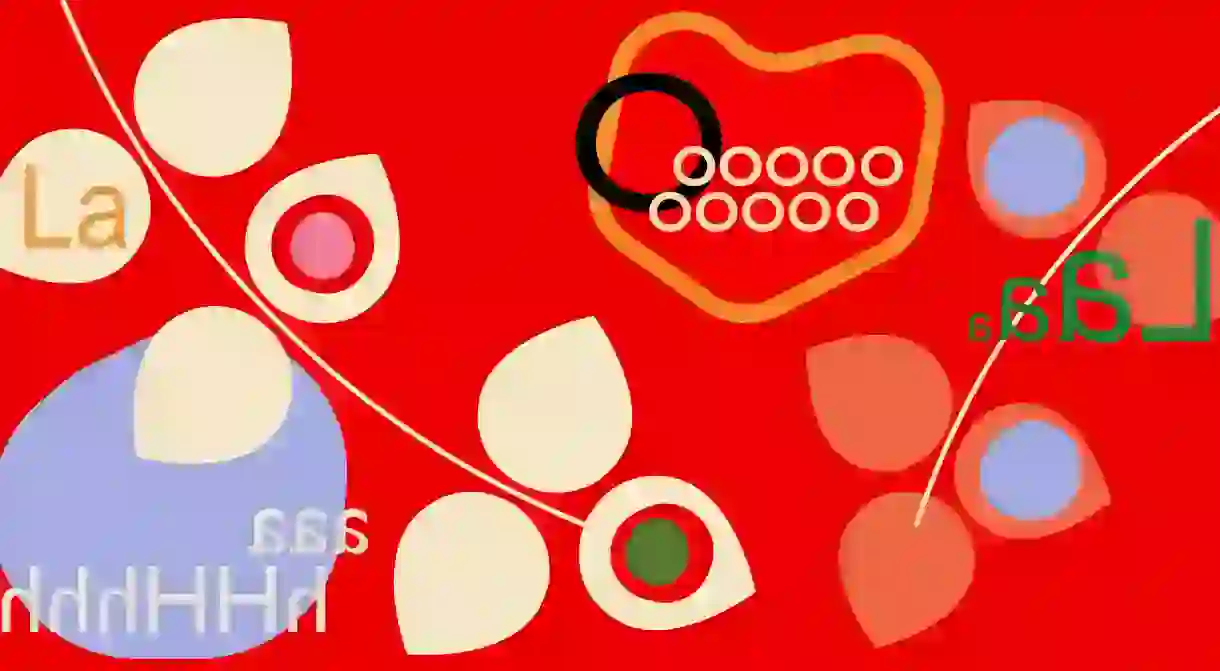The Most Beautiful Languages in the World

Much like every sunset – or indeed every person – every language is beautiful in its own way. That said, here are 10 that have a little something special.
Italian
Let’s start with one that most of us can agree on, the language of Dante, da Vinci and Pavarotti. Italian has long been known as one of the foremost languages in the world of art, opera and, of course, romance – even the spoken version of it sounds like a song to non-native speakers. Nothing sounds as passionate as when it is said in Italian.

Arabic
Arabic’s most beautiful aspect may be its alphabet, and the incredible calligraphy that has developed over centuries. As the liturgical language of Islam, Arabic calligraphy has always been a highly venerated form of religious art. Arabic also has an impressive body of poetry, all of which puts the aural beauty of the language on display. The sounds may be unfamiliar to someone who hasn’t studied it, but if you give it a chance, it will blow you away.
Czech
There is something really wonderful about Czech, the westernmost branch of the Slavic language family. It has one completely unique sound, ř, the ‘rzh’ sound in the middle of composer Antonin Dvořák’s surname, which peppers the language and lends it some spice. Perhaps due to its geographical position on the crossroads between West and East in what can truly be called Central Europe, it somehow sounds less Slavic and more like a unique mixture of Slavic and the other, generally Germanic languages that surround it.

Wolof
Wolof is spoken natively in a number of countries on the West African coast including Senegal, Gambia, and Mauritania. It has grown into a lingua franca of sorts in the region, and over time has built up a significant body of poetry and song. It even has its own alphabet – the Garay alphabet – which was created by a Senegalese artist in the 1960s and which some people still use now. You will enjoy listening to this language spoken or in song, or, even better, when both happens at once; Wolof translates especially well into rap.
Finnish
When J.R.R. Tolkien created Quenya, or High Elvish, he had a little real life inspiration in the form of Finnish, the Finno-Ugric member of the Nordic language group. Listening to both of them will leave you in no doubt of the connection. Finnish sounds unlike anything else in Europe, with the possible exception of its close cousin, Estonian, and (ironically) its exceedingly distant one, Hungarian. Finnish has a lovely lilt to it and a subtle staccato quality, which translates well into music and poetry and also sounds surprisingly good in the form of reggae.

Welsh
Welsh has shown formidable strength against the sometimes unstoppable tide of English, even though it is spoken natively only on the island that English came from. Over the last several decades, it has undergone a revitalization process that can act as a model for endangered minority languages all over the world. Wales is now officially a bilingual society.
Cherokee
Cherokee is the native language of the Cherokee people, who are indigenous to the south-eastern part of North America. There has been a significant amount of Cherokee-language literature published, possibly because Cherokee has possessed its own writing system since the mid-19th century. A man named Sequoyah developed a syllabary to represent the language in writing, meaning that each symbol stands for a full syllable. In the past, Cherokee has been threatened with extinction, but thankfully many young Cherokees are now taking an interest in learning the beautiful language and keeping it alive.

Chinese
There may be an innumerable number of different Chinese dialects, but the majority share the same written characters – something truly amazing to behold. Instead of learning 25-45 symbols that represent sounds, like those of us who use alphabets for reading and writing, a Chinese speaker will learn thousands upon thousands of characters that each represent a word. Plus, Chinese characters have been passed down through the generations, always tied closely to the culture. Their history, intricacy, and difficulty make them a true thing of beauty. As with Arabic, Chinese calligraphy has always been highly prized as an art form.
Bengali
India is famous for its linguistic diversity, and one of the most beautiful languages spoken on the Indian Subcontinent is certainly Bengali. It has a gorgeous writing system to begin with, and a flowing sound that one of the world’s greatest poets, Rabindranath Tagore, used to create his art. It has also proven itself to be literally worth fighting for: when the state required that all people use Urdu for their studies and throughout their lives, a number of students lost their lives in protesting for the right to use Bengali. Thanks in part to the stand they took, Bengali is still around today and is spoken by about 230 million people in India and Bangladesh.

English
English is a gorgeous piece of work, isn’t it? Its history is fairly unique among the world’s major languages. Around the turn of the first millennium, it was developing as a Germanic language, and then the Normans invaded, bringing their language with them and affecting what was then Old English. Fast forward 1, 000 years, and now English is the largest global lingua franca, allowing people across cultures everywhere to communicate in either their native, extensively studied, or newly acquired language. If that isn’t a form of beauty, what is?

If you enjoyed this article, why not check out the great pieces in our Explore Your World Through Language campaign?
Did you know – Culture Trip now does bookable, small-group trips? Pick from authentic, immersive Epic Trips, compact and action-packed Mini Trips and sparkling, expansive Sailing Trips.













